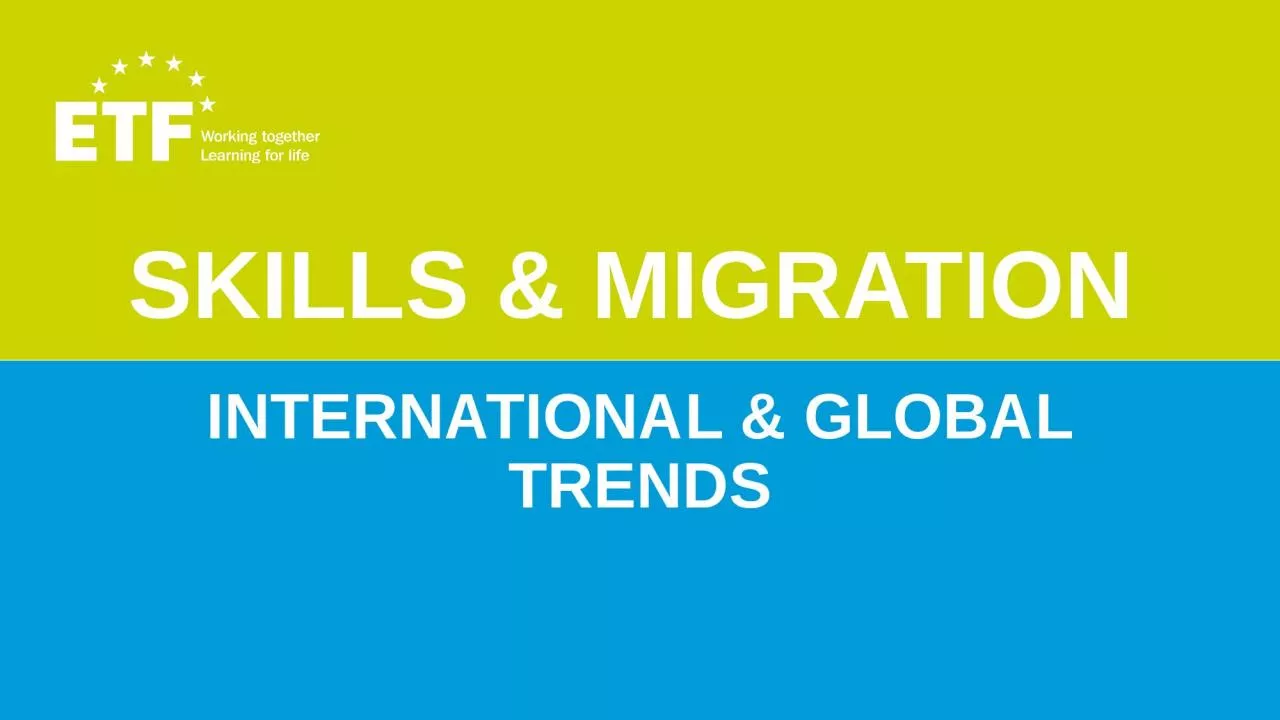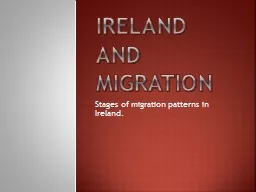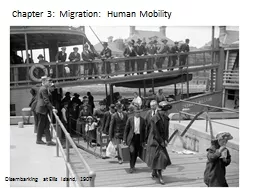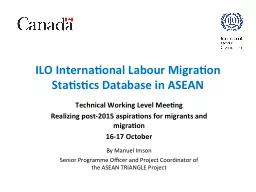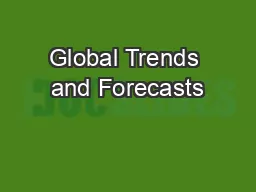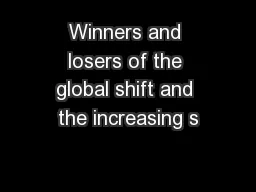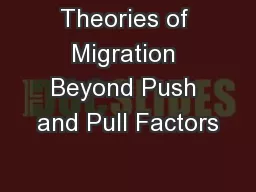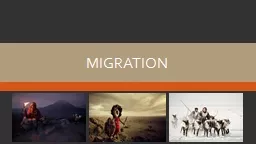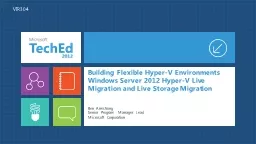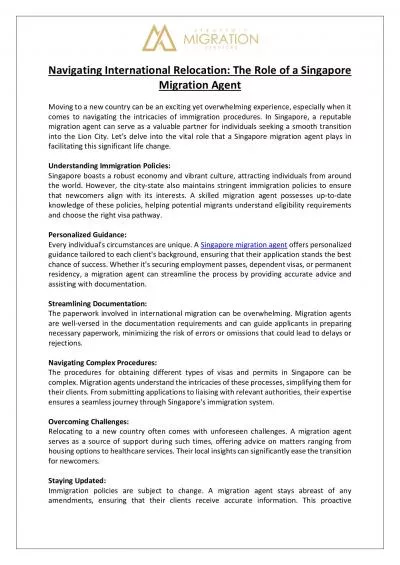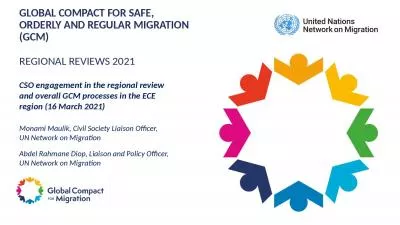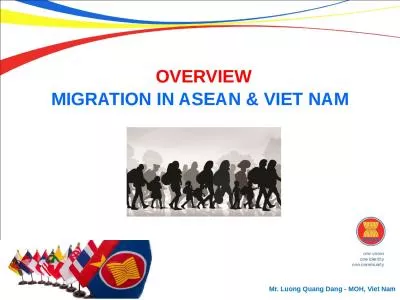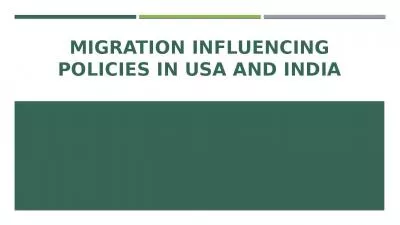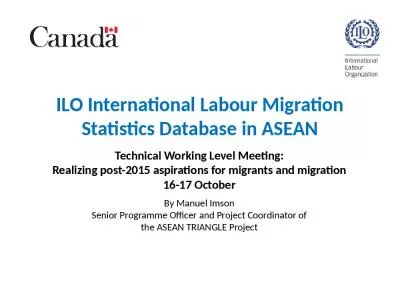PPT-Skills & migration International & global trends
Author : angelina | Published Date : 2023-12-30
2 European training foundation The ETF helps transition and developing countries to harness the potential of their human capital through the reform of education
Presentation Embed Code
Download Presentation
Download Presentation The PPT/PDF document "Skills & migration International &am..." is the property of its rightful owner. Permission is granted to download and print the materials on this website for personal, non-commercial use only, and to display it on your personal computer provided you do not modify the materials and that you retain all copyright notices contained in the materials. By downloading content from our website, you accept the terms of this agreement.
Skills & migration International & global trends: Transcript
Download Rules Of Document
"Skills & migration International & global trends"The content belongs to its owner. You may download and print it for personal use, without modification, and keep all copyright notices. By downloading, you agree to these terms.
Related Documents

